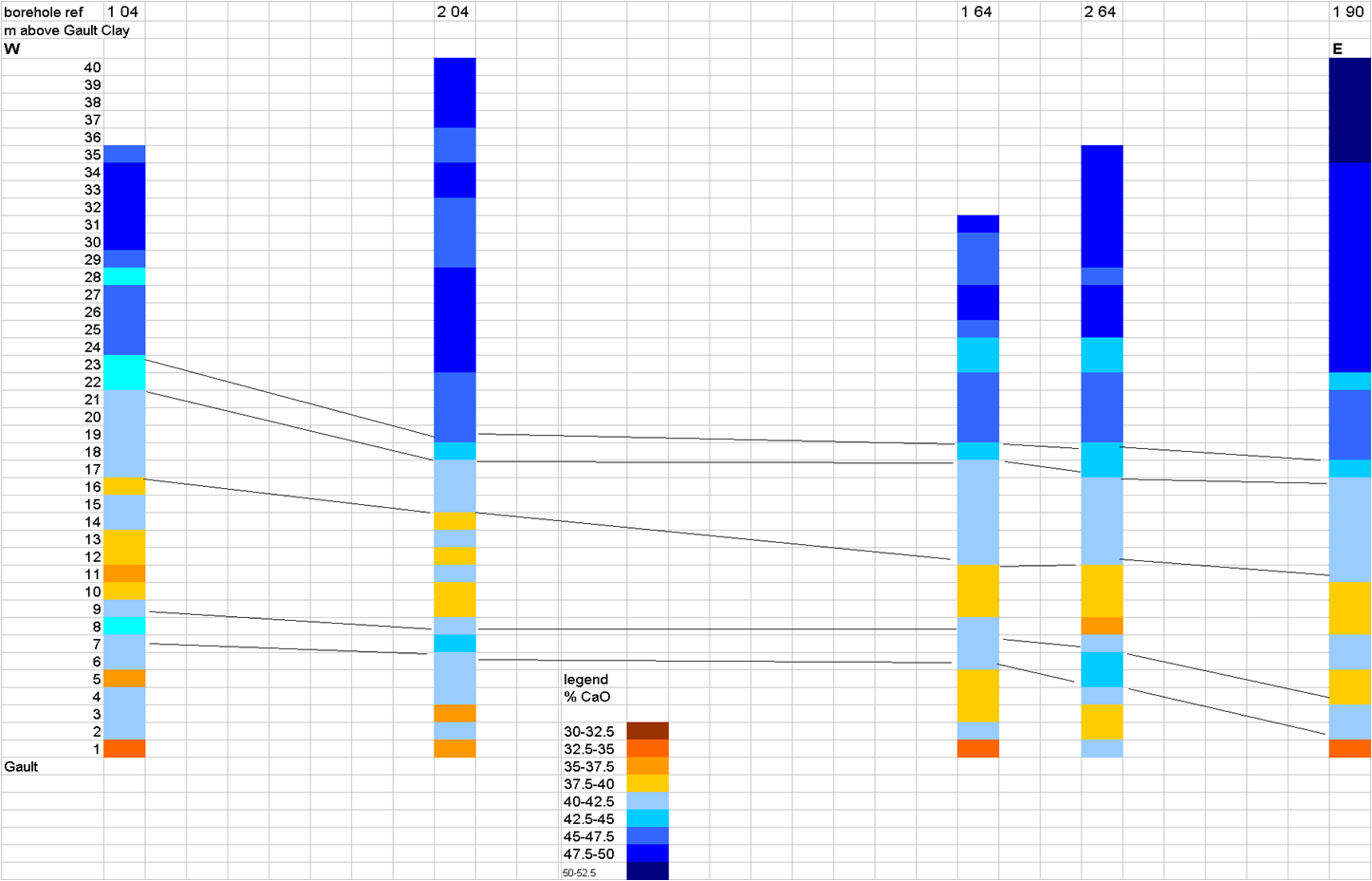Arthur M Harrisson Ltd
Solutions
in Cement Making
Contact
Home Background Raw Materials Chalk Cement Chemistry Secondary Raw Materials Clinker Microscopy Quality
It
is rare in clinker making as in many other areas of life, that there is
one single solution to a problem. Cement plants are designed with
a certain degree of robustness and modern plants with a considerable
amount of information supplied to plant operators.
And
yet the same issues continue to cause downtime or poor quality as
they did when I began in the industry almost a third of a century ago. Difficulty in reducing free lime, buildup in the kiln inlet or in
the preheater, dusty clinker, snowman in the cooler, rhino horn on the
burner, unhappy customers....
century ago. Difficulty in reducing free lime, buildup in the kiln inlet or in
the preheater, dusty clinker, snowman in the cooler, rhino horn on the
burner, unhappy customers....
Sophisticated though it may be, the
information system on a plant will not be able to tell you that the
raw material mineralogy is different to when the plant was
commissioned. It probably doesn't know that flint and sand of the same
size will not combine in a similar fashion in the kiln. Generally plant
computer systems and indeed plant personnel are not aware of the
different solubilities of the eight types of sulphate commonly found in
cement and why fairly subtle changes in temperature profiles in the
kiln or in the cement mills are the reason that customers are
complaining even though the mortar prism results are perfectly in
conformity with the standards.
 I have lost count of the number
of cement kilns I have seen since 1979 but it must be well into three
figures. Every one of them is different even if of the same
design on the same plant and using the same raw feed. They all
have to follow the basic rules, however, those laid down well before
cement kilns were built.
I have lost count of the number
of cement kilns I have seen since 1979 but it must be well into three
figures. Every one of them is different even if of the same
design on the same plant and using the same raw feed. They all
have to follow the basic rules, however, those laid down well before
cement kilns were built.
My approach is always to look at the
basics first and to try to leave aside the folklore and circumstantial
evidence which are currency on every plant. Cement making is not
technically difficult compared to some other industries, but it is
quite complex and it takes very little to be out of line to affect the
whole production and the quality of the product.
My techniques
are analysis of the reams of data which generally are too voluminous to
be checked by the plant personnel and analysis of the hard evidence.
If there is an issue with a process it will generally be evident
in the product, either the clinker or the cement and the trail goes
back through the process to the quarry if necessary.
Through
my monthly articles in International Cement Review I have described
some of the more common issues on cement plants which make the job of
cement making more difficult than it might otherwise be. I can
also offer individual analysis for plants with particular difficulties.
For information contact me at: arthur.harrisson@btinternet.com
A Harrisson 2011  century ago. Difficulty in reducing free lime, buildup in the kiln inlet or in
the preheater, dusty clinker, snowman in the cooler, rhino horn on the
burner, unhappy customers....
century ago. Difficulty in reducing free lime, buildup in the kiln inlet or in
the preheater, dusty clinker, snowman in the cooler, rhino horn on the
burner, unhappy customers....  I have lost count of the number
of cement kilns I have seen since 1979 but it must be well into three
figures. Every one of them is different even if of the same
design on the same plant and using the same raw feed. They all
have to follow the basic rules, however, those laid down well before
cement kilns were built.
I have lost count of the number
of cement kilns I have seen since 1979 but it must be well into three
figures. Every one of them is different even if of the same
design on the same plant and using the same raw feed. They all
have to follow the basic rules, however, those laid down well before
cement kilns were built.